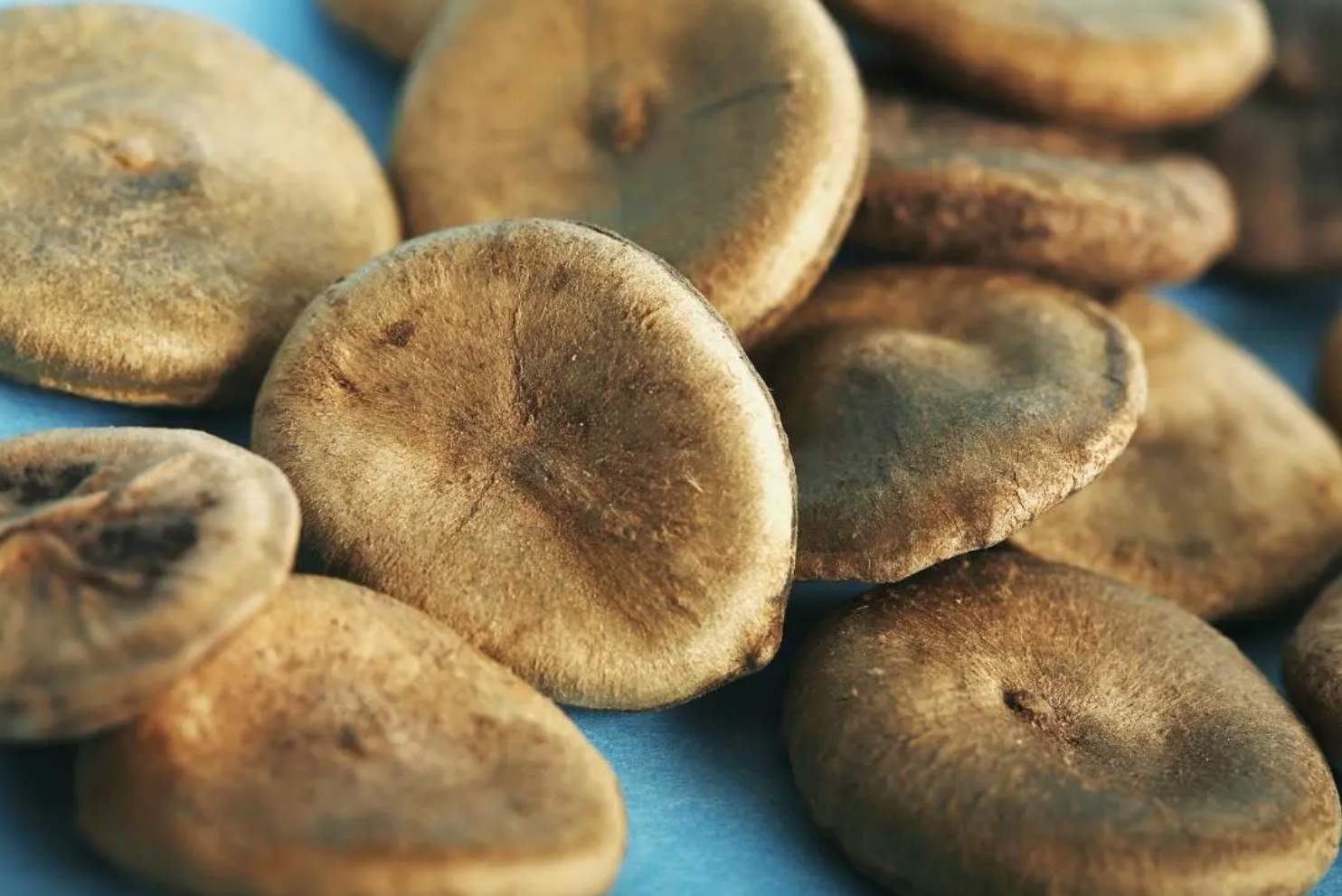When our puppy suddenly fell violently ill, we discovered one of Bali's most poisonous plants, found abundantly across the island.
This plant, known as the Strychnine tree, harbors toxic nuts, also dubbed Vomit Nuts.

While these nuts usually maintain their hard shells upon falling, on occasion, they crack open.
Our curious puppy likely licked or chewed on the open nut. Within hours, symptoms emerged: severe diarrhea, nausea, lethargy, and eventually bloody urine, prompting our urgent trip to a 24-hour veterinary clinic.
At the clinic, they administered an antidote, conducted various tests, took an X-ray, and placed him in an incubator for observation. Although it was evident that the dog was poisoned, all the tests came back negative!
Given that his diet was fine, and he was always under our supervision—walks on a leash, not allowed to pick things from the ground—the only place where he could have encountered poison was within our compound.
That's when we decided to investigate the contents of our compound more closely. We began by examining the large tree next to our house, which was described as purely ornamental. This tree produces large, inedible fruits. Upon googling it, we found it listed under "most poisonous trees". It turns out that apart from its decorative functions, its seeds are loaded with strychnine!
There are many of these trees in Bali, so please be careful!
Fascinating Fact: Nux Vomica Homeopathic Remedy
Did you know that Nux Vomica, a homeopathic remedy, is an extract derived from the seeds of the Strychnine tree?
Despite its toxicity, when prepared correctly in homeopathic dilutions, it offers relief from various ailments, including hangovers, heart disease, and cancer.

You can add one right now!